Discover everything about purple salvias, from their meaning and varieties to care tips and where to find purple salvias for sale. Perfect for USA gardeners!

Hi there, fellow gardening enthusiasts! I’m Ashley Scott, and with 10 years of gardening experience under my belt, I’ve grown to love many plants—but purple salvias hold a special place in my heart. These vibrant, purple-flowered beauties have transformed my garden into a colorful haven, and I’m excited to share everything I’ve learned about them with you. Whether you’re curious about purple salvias meaning, wondering how to care for purple salvias, or looking for purple salvias for sale, this guide has you covered. Let’s dig in and explore why these plants are a must-have for any USA gardener!
What Are Salvias and Why Choose Purple Salvias?
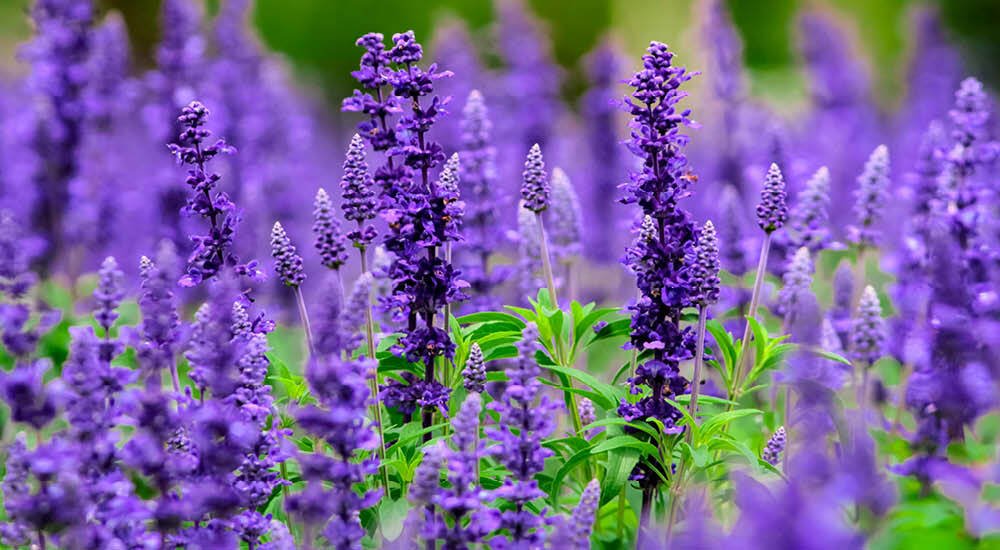
Salvias, also known as sage, belong to a huge genus of plants in the mint family. With over 900 species, they’re loved for their aromatic leaves and stunning flower spikes. Purple salvias, in particular, are salvia varieties that bloom in rich shades of purple, from soft lavender to deep violet. They’re a favorite among gardeners because they’re easy to grow, attract pollinators like bees and butterflies, and add a bold pop of color to any landscape.
I first discovered purple salvias at a local botanical garden, where their vivid blooms caught my eye. Since then, I’ve been hooked! They’re perfect for borders, pots, or even as standalone stars in your garden. Plus, they’re low-maintenance—ideal for busy gardeners like me.
Purple Salvias Meaning: What Do They Symbolize?
Have you ever wondered what purple salvias symbolize? In general, salvias are tied to healing and wisdom, thanks to their long history in herbal medicine. The color purple adds another layer, often representing royalty, luxury, and creativity. So, purple salvias meaning could blend these ideas—think of them as a symbol of creative healing or nature’s wisdom.
In my garden, I see them as a reminder to slow down and enjoy life’s simple pleasures. Whether you plant them for their beauty or their deeper meaning, they bring a touch of magic to any space.
Purple Salvias Varieties: Top Types to Grow
There’s no shortage of purple salvias varieties to choose from! Here are some of my favorites that thrive in the USA:
- Salvia officinalis ‘Purpurascens’ (Purple Sage): This beauty has purple-tinged leaves and lavender flowers. It’s edible too—I’ve used it in recipes!
- Salvia nemorosa ‘Caradonna’: With dark purple stems and flowers, it blooms from late spring to early summer. It’s a pollinator magnet.
- Salvia verticillata ‘Purple Rain’: Known for its whorled purple blooms, it adds texture and charm.
- Salvia leucantha (Mexican Bush Sage): Velvety purple flowers make this a standout for taller borders.
- Salvia guaranitica ‘Black and Blue’: Deep blue flowers with purple calyces—a bit of a stretch on “purple,” but too gorgeous to skip!
Each variety has unique traits, like height (from 1 to 5 feet) and bloom times, so you can pick the best purple salvias for your garden. Want to know how tall do purple salvias grow? It depends on the type—check the label when buying!
How to Care for Purple Salvias: A Step-by-Step Guide
Caring for purple salvias is simpler than you might think. Here’s what I’ve learned over the years:
Planting
Plant purple salvias in spring after the last frost. They love well-draining soil and full sun (6+ hours daily), though some tolerate partial shade. I mix compost into the soil for a nutrient boost.
Watering
Water young plants regularly until they’re established. Once settled, they’re drought-tolerant—perfect for dry summers. I water deeply when the soil feels dry, especially in hot weather.
Sunlight
Full sun is key for vibrant blooms. If your purple salvias get leggy, they might need more light.
Fertilizing
Rich soil? Skip the fertilizer. Otherwise, a light dose of balanced fertilizer (like 10-10-10) in spring keeps them happy.
How to Trim Purple Salvias
Pruning keeps them bushy and blooming. I deadhead spent flowers throughout the season—here’s how to deadhead purple salvias: snip just above a set of leaves. In late winter or early spring, I cut them back to 6 inches for fresh growth.
Winter Care
For purple salvias perennial varieties, mulch around the base with straw or leaves in colder zones to protect roots.
Check out my full guide on How to Grow Salvias for more tips!
Purple Salvias in Pots: Container Gardening Made Easy
No garden? No problem! Purple salvias in pots are a great option. I’ve grown them on my patio with success. Here’s how:
- Pot Choice: Use a container with drainage holes, at least 12 inches wide.
- Soil: Fill with a potting mix plus perlite for drainage.
- Care: Place in full sun and water when the top inch of soil dries out. Potted plants dry faster than those in the ground.
Varieties like Salvia farinacea ‘Victoria Blue’ (a purple-blue gem) or compact Salvia greggii cultivars work best. They bloom all summer with minimal fuss!
Purple Salvias Perennial: Will They Come Back?
Good news: many purple salvias are perennial! In the USA, hardiness varies by zone:
- Salvia nemorosa: Hardy to zone 4.
- Salvia officinalis: Good to zone 5.
- Salvia leucantha: Best in zones 8+; treat as an annual elsewhere.
For purple salvias perennial care, mulch in winter and prune in spring. In my zone 6 garden, I’ve had Salvia nemorosa ‘Caradonna’ return every year with proper care.
Not sure about your zone? The USDA Plant Hardiness Zone Map can help.
Problems with Salvias and How to Fix Them
Even purple salvias can face issues. Here’s what I’ve encountered:
- Powdery Mildew: White coating on leaves. Prevent with good airflow and avoid overhead watering. I use a baking soda spray if it pops up.
- Aphids: Tiny pests sucking sap. Hose them off or use insecticidal soap.
- Leggy Growth: Too little sun or no pruning. Move to a sunnier spot and trim back.
Regular checks keep problems with salvias at bay. Healthy plants are happy plants!
Purple Salvias for Sale: Where to Buy Them
Ready to plant? You can find purple salvias for sale at:
- Local Nurseries: Check in spring or summer.
- Online Stores:
- High Country Gardens for plants.
- Annie’s Annuals for unique varieties.
- Seeds: Try Swallowtail Garden Seeds or Baker Creek Heirloom Seeds.
For purple salvias seeds, start indoors 6-8 weeks before the last frost. I’ve grown Salvia verticillata ‘Purple Rain’ from seed—it’s rewarding!
My Personal Journey with Purple Salvias
I’ll never forget my first purple salvias experience. Years ago, I saw Salvia nemorosa ‘Caradonna’ in a friend’s garden—those deep purple spikes were stunning. I planted some in my yard, pairing them with lavender and echinacea. The result? A buzzing, colorful border that drew every butterfly in the neighborhood.
One summer, I tried purple salvias in pots on my deck. I picked Salvia farinacea ‘Victoria Blue’, and it bloomed non-stop. It was like having a mini garden right outside my door. These plants have taught me patience and the joy of nurturing something beautiful.
Want more garden inspiration? See my Container Gardening Ideas post!
Garden Design with Purple Salvias
Wondering how big do purple salvias get or how to use them? They’re versatile! Use tall purple salvias like Salvia leucantha (up to 5 feet) at the back of borders. Shorter types, like Salvia nemorosa (1-2 feet), shine in front or in pots.
Pair them with white daisies or yellow coreopsis for contrast. In my garden, purple and white salvias together create a dreamy vibe. They fit cottage, modern, or wildflower styles—endless possibilities!
Propagating Purple Salvias
Want more plants? Propagate purple salvias easily:
- Cuttings: Take 4-inch stem cuttings in summer, dip in rooting hormone, and plant in moist soil.
- Seeds: Sow indoors and transplant after frost.
I’ve doubled my purple salvias perennial varieties this way—it’s a budget-friendly trick!
Conclusion: Why You’ll Love Purple Salvias
Purple salvias are a gardener’s dream—gorgeous, hardy, and versatile. Whether you’re after purple flowering salvias for beauty, purple salvias perennial for longevity, or dark purple salvias for drama, there’s a variety for you. With simple care and a sunny spot, they’ll thrive in your USA garden.
I hope this guide answers your questions about how to care for purple salvias, types of purple salvias, and more. Ready to grow your own? Grab some plants or seeds and get started. Share your stories below—I’d love to hear about your purple salvias adventures!
For more perennial tips, visit Perennial Gardening Tips.

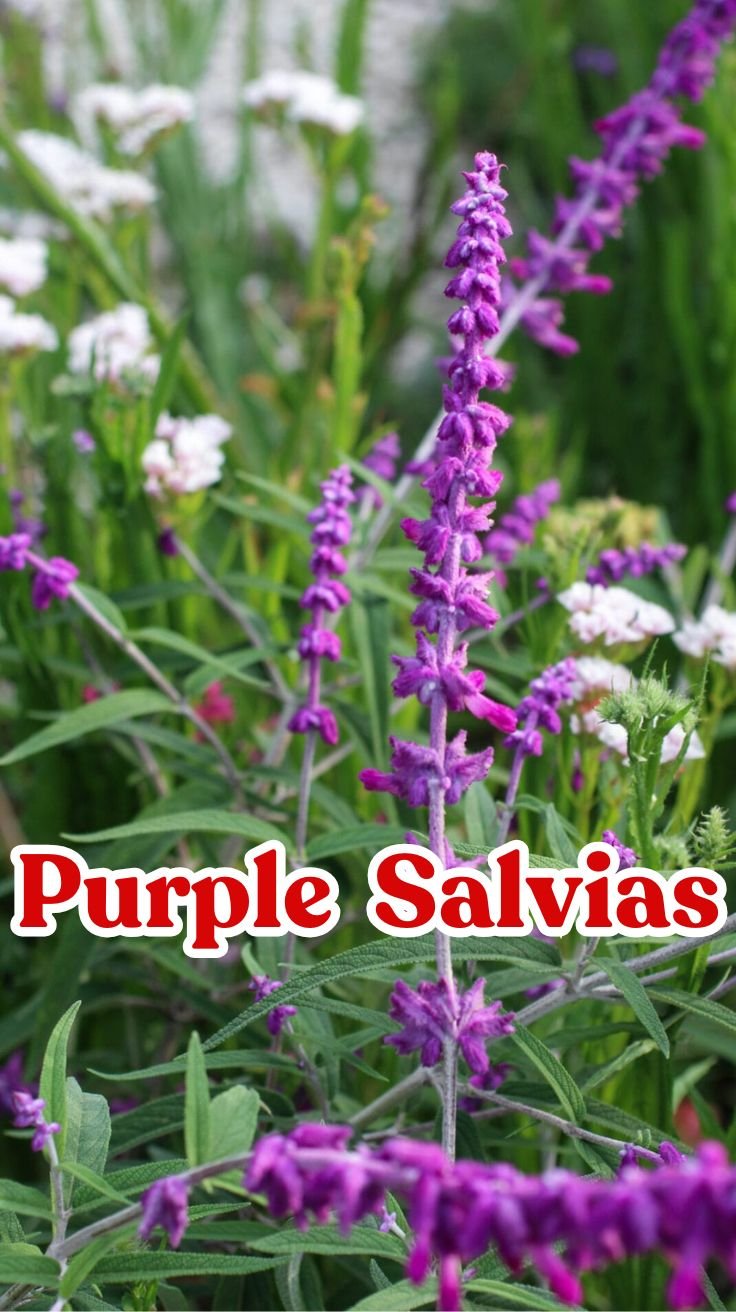
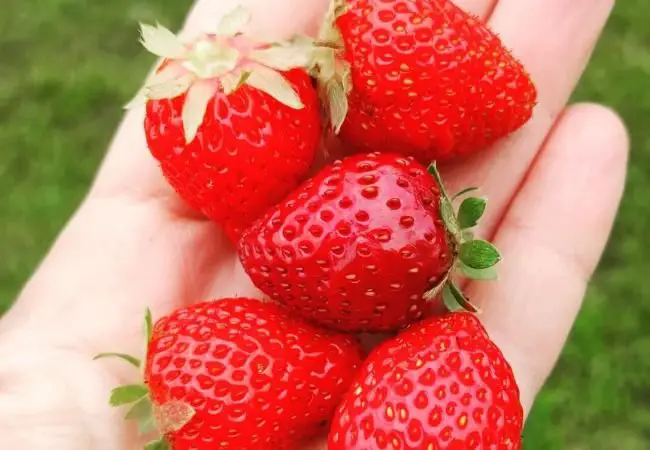
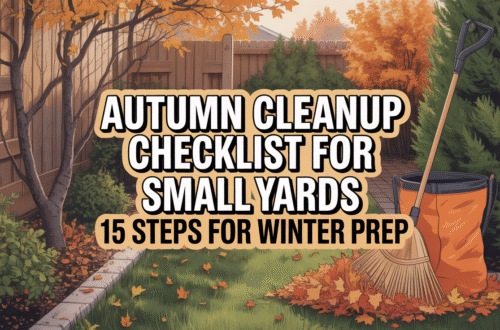

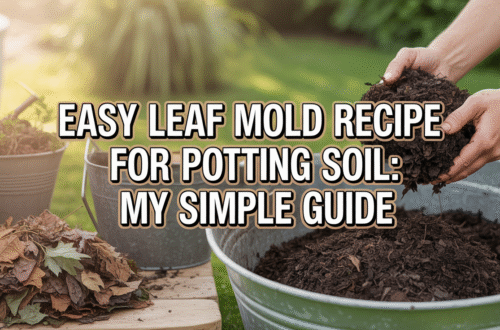
One comment on “Purple Salvias: A Complete Guide to Growing and Caring for These Beautiful Plants”